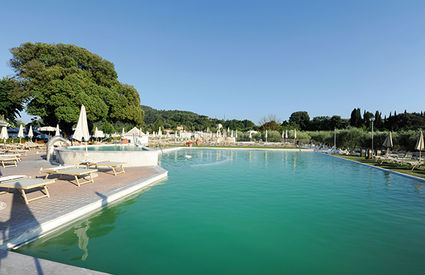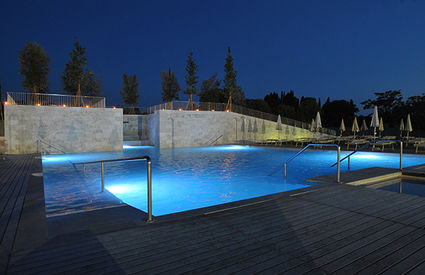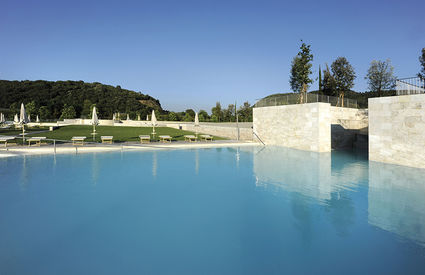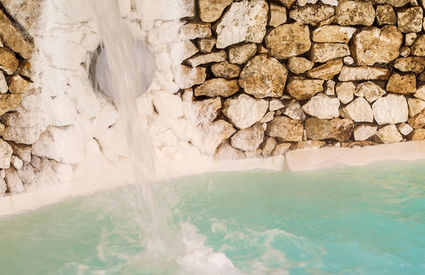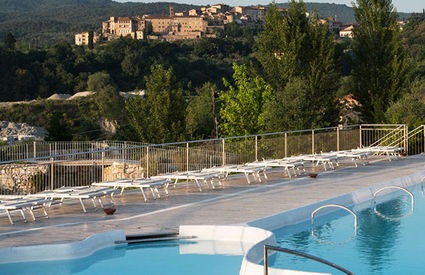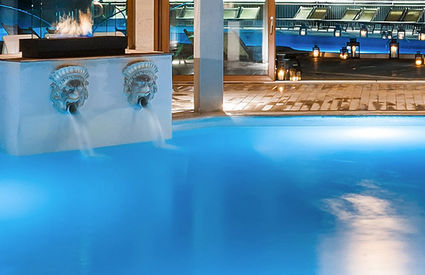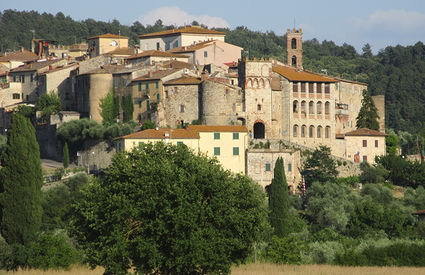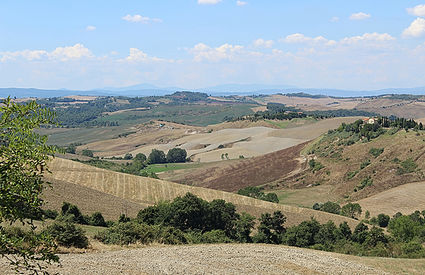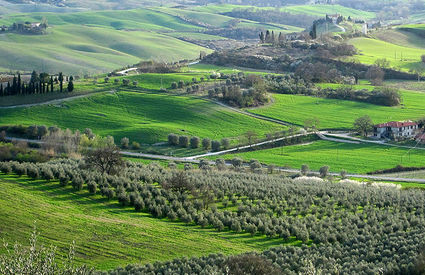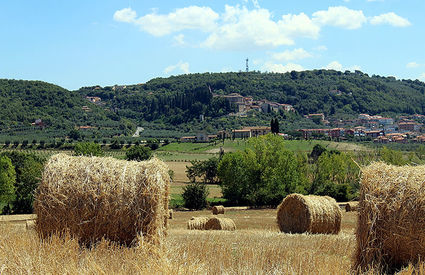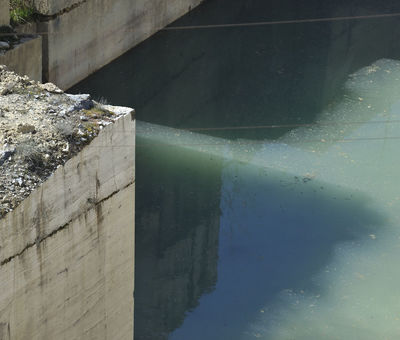It was the summer of 1867 when Giuseppe Garibaldi arrived at Rapolano Terme in search of rest and tranquility. A pleasant refuge for the hero of the
two worlds, to regenerate and recover from the injuries sustained at Aspromonte.
The news was spread by Sienese newspaper, Il libero cittadino: “Mr Pietro Buoninsegni – reported the
publication – heard a rumour that the General was bringing himself to the baths
at Rapolano and hurried to make the villa of Poggio Santa Cecilia available
during his stay.
Hence, Garibaldi’s stay at Rapolano was divided between the house of the
Buoninsegni family and the Antica Querciolaia Thermal Baths, constructed by Francesco Arrigucci between 1864 and 1867. Every morning,
Garibaldi was taken by carriage from Poggio Santa Cecilia to the Antica
Querciolaia springs to undergo
treatment which, in general, helped a lot. Garibaldi himself said, in a letter
sent to his friend Ruggero Barni: “the Rapolano baths removed an uncomfortable
wound on my left foot, and the effect of it was instantaneous.”
At the entrance to the establishment of Antica Querciolaia there is a still
statue and a commemorative plaque that remember the stay of the hero of the two
worlds in Rapolano. “In these thermal baths, in the August of 1867, Giuseppe
Garibaldi, injured from Aspromonte, alleviated his spasims. Getting his
strength back to complete the magnaminous oath, Rome or death, and to lead to,
along with the holocaust of Mentanta, the inevitable unity of the homeland.


